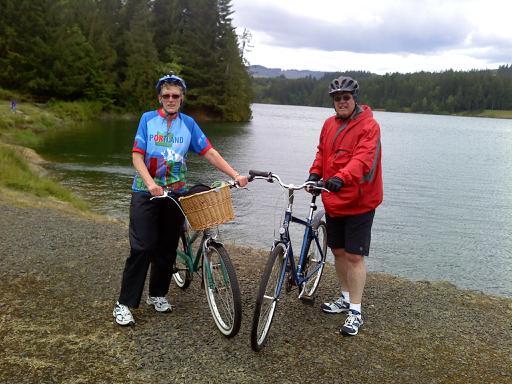We started out just behind Notre Dame because it's so beautiful. (Photos from the front are obscured by a huge set of bleachers erected directly in front of the cathedral for the 850th anniversary celebration.)
We tried to see the memorial to the deported Jews of Paris, but it was closed.
Then we went shopping at Galeries LaFayette, the largest department store in the world. We wanted to get William a new belt, as one of his broke, but the cheapest one we could find was 70€ (nearly $100) so we decided to just enjoy the rooftop view of Paris and the beautiful stained glass dome of the Galeries and do our shopping at the much cheaper C&A, where we found him a belt for only 12€.
This evening we went out for a last dinner with Linda and Jackie, our Rick Steves travel buddies, at a cafe near the hotel where we had eaten several times in the past. Then we went back to the hotel to wait for dark so that we could see the Eiffel Tower lit up at night. Since it doesn't get dark til after ten we knew we'd be out past our usual bedtime, but we don't have to get up early tomorrow so it doesn't matter.
 Although it is lit a little bit all the time, the twinkling lights come on only for the first five minutes of each hour after dark, so you have to be there just in time or you miss it.
Although it is lit a little bit all the time, the twinkling lights come on only for the first five minutes of each hour after dark, so you have to be there just in time or you miss it. 
























































